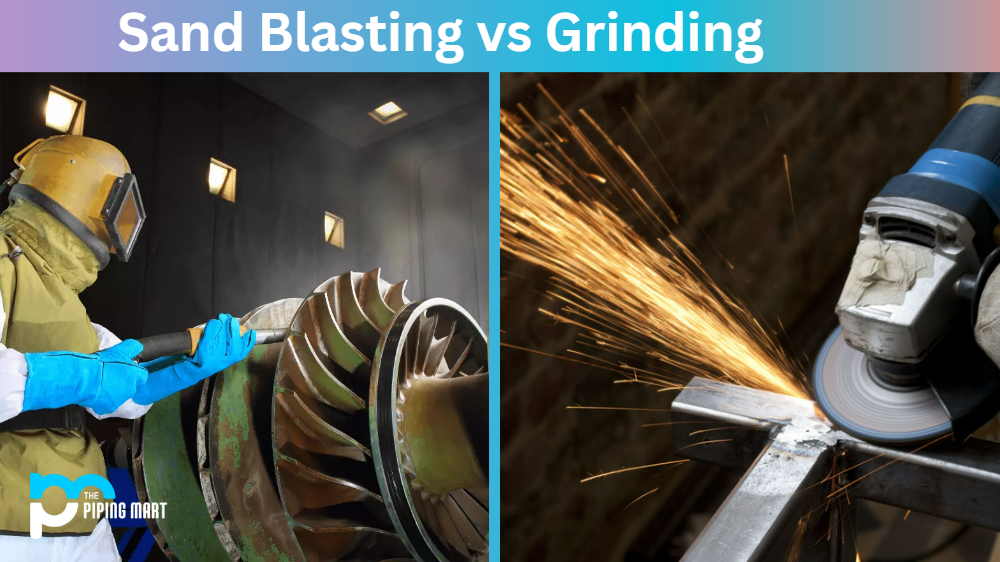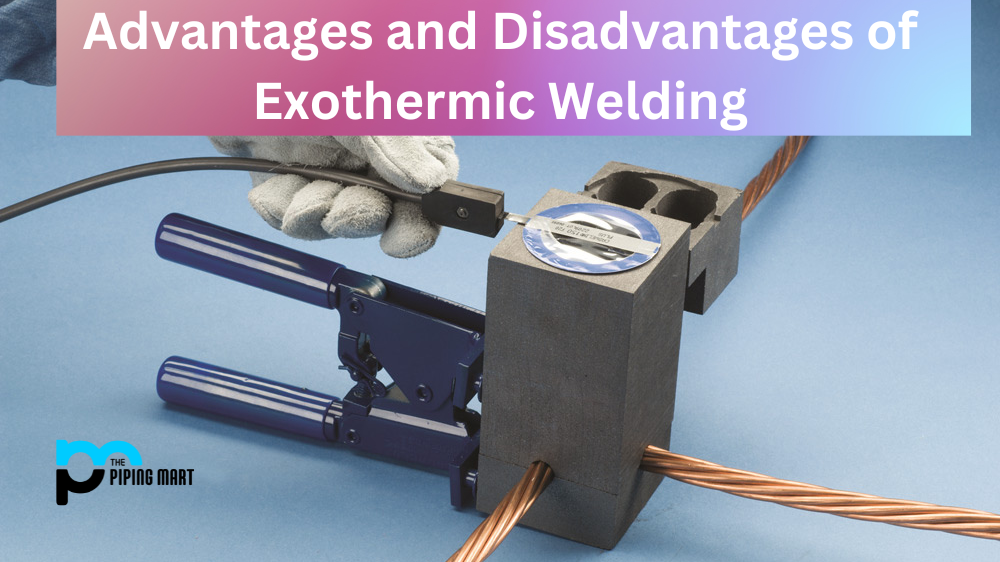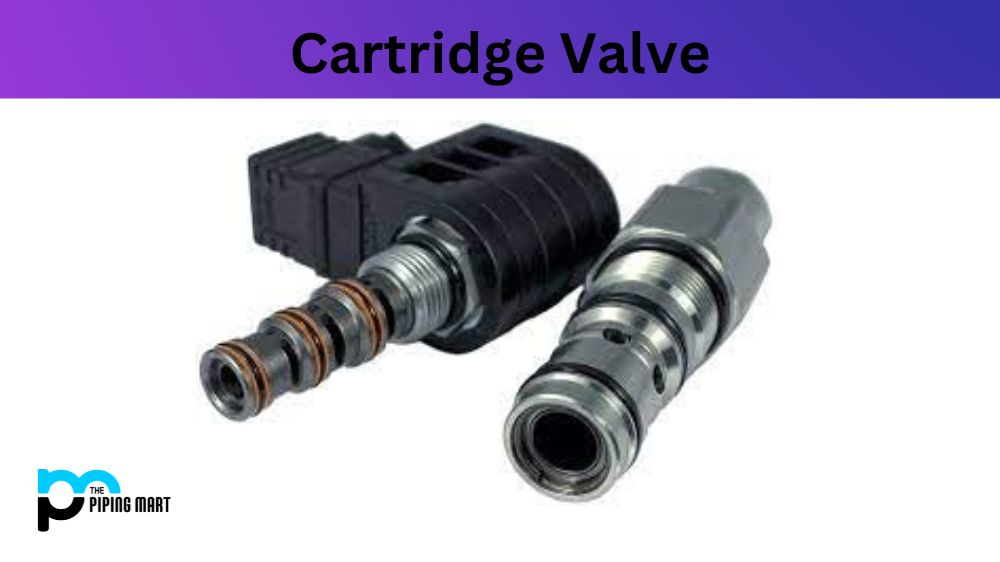Aircraft, aircraft, car, boat, and tractor producers are looking for innovative products that increase performance and rising weight. Engineering plastics and carbon fiber composites are typical choices but they present challenges when it is required to mix dissimilar materials such as aluminum, magnesium, stainless steel or titanium.
Engineers have many choices for attaching plastic parts to plastic parts or metal components to metal parts. And while bits of plastic are stuck to parts of concrete, there are few alternatives. The push to raise the weight of the car has now ignited a fresh wave of research to develop mixed-material assemblies.
The most common methods of Fixing thin metal sheets and parts to plastic are:
- Staking / Swaging
- Adhesives
- Direct Heating
- Mechanical Inserts
Staking / Swaging
Staking occurs where a concrete post occurs deformed by heat / vibrations and friction to maintain a portion of the wire. The orange portion is acrylic, the cross-hatched section is the metal plate and the medium gray component is the shaping device. Also, this process is used for connecting PCB boards to cases. The benefits are that it needs no consumables and is a relatively simple operation. The drawbacks are that it sometimes doesn’t appear “good,” and owing to elastic healing, the plate can often not be attached firmly to the material.
There are several forms that stakes may be made, and below are several examples. Both these forms have various benefits and inconveniences that I won’t go through here. The last one we call a swage, to the lower right. It’s special, since it’s just a post passing into a hole in a wall, it’s not uniformly shaped across all 360 °.
Adhesives
It is the one that people hear about as anybody can go to the hardware store and pick up an epoxy to attach your plastic thingy to whatsit your metal. One of my colleagues who spent decades employed in the adhesive area used to say it was used for “microchips to combat aircraft” applications. Essentially, adhesives are available.
Advantages are that there is no structure and few limits on materials. Disadvantage is that it is a consumable, so it adds up as you apply $0.03 on any one of the millions of devices you might create. It may also be messy or require an intense preparation of the soil. The trick when plastics are adhesively connected to metal is to select an adhesive that will work on both.
Direct Heating
Which one is the most creative of solutions (aka complex and complicated). It is basically surface-to-surface attachment of the plastic to metal without utilizing any adhesives. Power is obtained either by wetting the plastic melt against the metal to almost create a vacuum seal, or by mechanical interlocking of surface features. The first, wetting, renders this connection really fragile. The second will build a fairly good connection. The rubber can be heated by a number of processes, and a range of surface patterns can be used on the metal component. The design makes the frequency of the bond substantially different.
Mechanical Inserts
Although you may directly insert a screw into concrete, and there are several screws built to provide this process with good strength and durability, it is not the ideal option since concrete would inevitably break around the screw. It’s here the hydraulic parts go in.
Such metal parts on the exterior have a range of knurl shapes built to grasp the plastic when mounted in several specific ways. The knurl which works best for ultrasonic injection, is not the same knurl which works best for thermal insertion, is not the same knurl which works best for molded-in inserts.

Pipingmart is B2B portal specializes in industrial, metal and piping products. Also, share latest information and news related to products, materials and different types grades to help business dealing in this industry.




